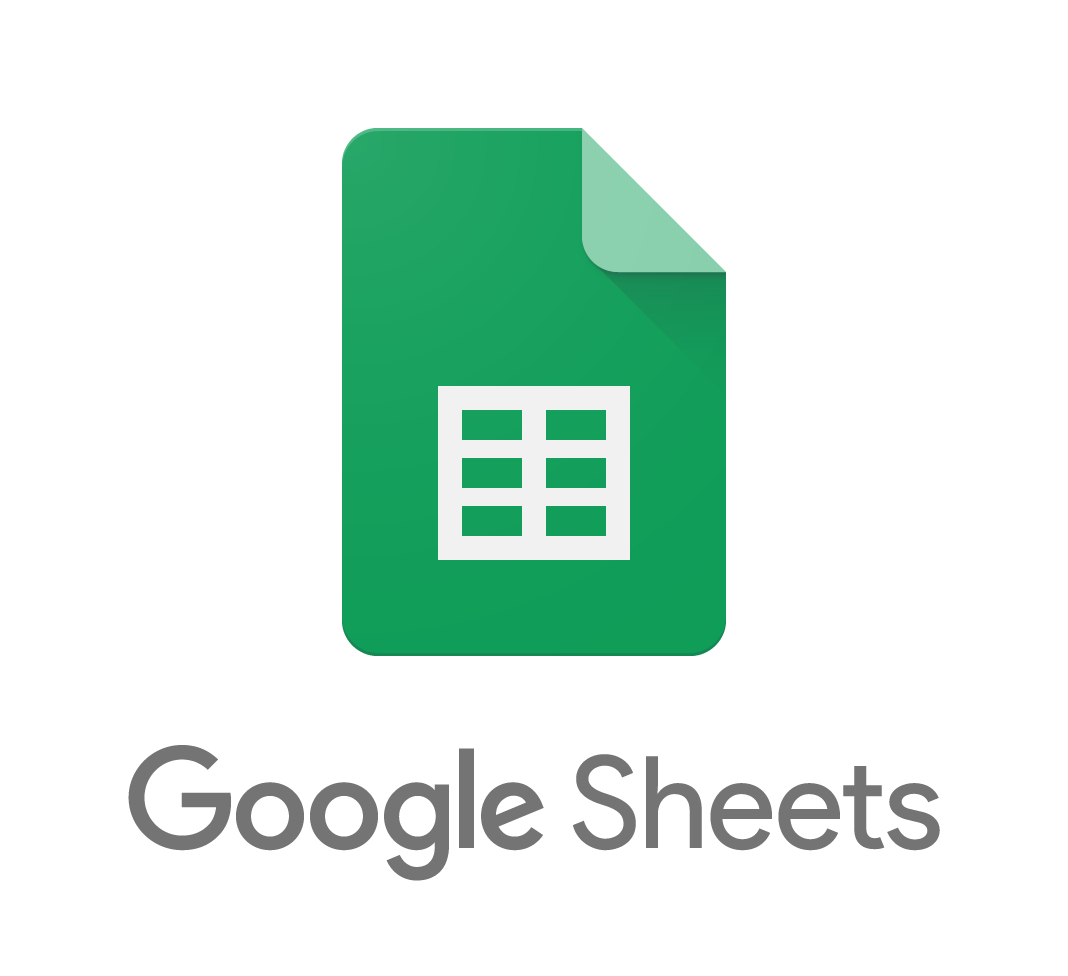How to Load data from Google Sheets to Redshift


Don't go through the pain of direct integration.
RudderStack’s Google Sheets integration makes it easy to send data from Google Sheets to Amazon Redshift and all of your other cloud tools.
For more details, see our Google Sheets to Amazon Redshift integration.
Access your data on Google Sheets
The first step in loading your Google Sheets data to any data warehouse solution is to access your data and start extracting it.
Google Sheets offer a REST API to interact with your account programmatically. Due to the nature of the application, there is no specific set of tables that are being extracted but instead each sheet of each spreadsheet is represented as a separate table.
In addition to the above, the things that you have to keep in mind when dealing with the Google Sheets API are:
- Rate limits - Depending on the API version used, Google Sheets API has rate limits per project and user.
- Authentication - You authenticate on Google Sheets using either OAuth or the application’s API key.
- Paging and dealing with a huge amount of data - Platforms like Google Sheets that deal with clickstream data tend to generate a lot of data, such as events on your web properties.
Transform and prepare your Google Sheets Data for Amazon Redshift Replication
After you have accessed your data on Google Sheets, you will have to transform it based on two main factors,
- The limitations of the database where the data is loaded
- The type of analysis that you plan to perform
Each system has specific limitations on the data types and data structures that it supports. If you want to push data into Google BigQuery, you can send nested data like JSON directly, but keep in mind that the data you get from Google Sheets are in the form of a tabular report just like a CSV.
When dealing with tabular data stores, like Microsoft SQL Server, this is not an option. You can consider flattening out your data - similar to the case in JSON - before loading it into the database.
Also, you have to choose the right data types. Again, depending on the system you will send the data to and the data types that the API exposes to you, you will have to make the right choices. These choices are essential because they can limit the expressivity of your queries and limit your analysts on what they can do directly out of the database. Google Sheets has a minimal set of available data types, which means that your work to do these mappings is much easier and straightforward but equally important with any other data source case.
Amazon Redshift is built around industry-standard SQL with added functionality to manage huge data sets and high-performance analysis. So, to load your data into it, you will have to follow its data model, which is a typical relational database model. The data you extract from your data source should be mapped into tables and columns where you can consider the table as a map to the resource you want to store and columns the attributes of that resource.
Also, each attribute should adhere to the data types that Redshift supports.
As your data is probably coming in a representation like JSON - that supports a much smaller range of data types - you have to be careful about what data you feed into Redshift. You also need to ensure that you have mapped your types into one of the data that Redshift supports.
Designing a Schema for Redshift and mapping the data from your data source to it is crucial as it can affect your cluster’s performance and the questions you can answer. It’s always a good idea to have in your mind the best practices that Amazon has published regarding the design of a Redshift database. When you have designed your database, you need to load your data on one of the data sources that Redshift supports as input, which include:
Export data from Google Sheets to Redshift
To upload your data to Amazon S3, you will have to use the AWS REST API. APIs play an important role in both the extraction and the loading of data into our data warehouse. The first task you have to perform is creating a bucket by executing an HTTP PUT command on the Amazon AWS REST API endpoints for S3.
You can do this by using a tool like CURL or Postman. Or use the libraries provided by Amazon for your favorite language. You can find more information by reading the API reference for the Bucket operations on Amazon AWS documentation.
After you have created your bucket, you can start sending your data to Amazon S3, using the same AWS REST API but using the endpoints for Object operations. As in the Bucket case you can either access the HTTP endpoints directly or use the library of your preference.
Amazon Redshift supports two methods for loading data into it. The first one is by invoking an INSERT command. You can connect to your Amazon Redshift instance with your client using either a JDBC or ODBC connection, and then you perform an INSERT command for your data.
The way you invoke the INSERT command is the same as you would do with any other SQL database. For more information, you can check the INSERT examples page on the Amazon Redshift documentation.
Redshift isn’t designed for INSERT-like operations. On the contrary, the most efficient way of loading data into it is by doing bulk uploads using a COPY command.
You can perform a COPY command for data that lives as flat files on S3 or from an Amazon DynamoDB table. When you perform COPY commands, Redshift can read multiple files simultaneously and automatically distributes the workload to the cluster nodes and performs the load in parallel.
If you are looking into other data warehouses, you may check our how-to’s on Google Sheets to BigQuery, Google Sheets to MS SQL Server, Google Sheets to Snowflake, and Google Sheets PostgreSQL.
The best way to load data from Google Sheets to Amazon Redshift
So far, we just scraped the surface of what can be done with Amazon Redshift and how to ingest data into it. The way to proceed relies heavily on the data you want to load, from which service they are coming from, and on the requirements of your use case. Things can get even more complicated if you want to integrate data coming from different sources.
Instead of writing, hosting, and maintaining a flexible data infrastructure, a possible alternative is to use RudderStack to handle this kind of problem automatically.
Easily use the Google Sheets integration from RudderStack, along with multiple sources or services like databases, CRM, email campaigns, analytics, and more. Quickly and safely ingest Google Sheets data into Amazon Redshift and start generating insights from your data. Don't want to go through the pain of direct integration? RudderStack’s Google Sheets to Redshift integration makes it easy to send data from Google Sheets to Redshift.
Sign Up For Free And Start Sending Data
Test out our event stream, ELT, and reverse-ETL pipelines. Use our HTTP source to send data in less than 5 minutes, or install one of our 12 SDKs in your website or app.
Don't want to go through the pain of direct integration? RudderStack's Google Sheets integration makes it easy to send data from Google Sheets to Amazon Redshift.